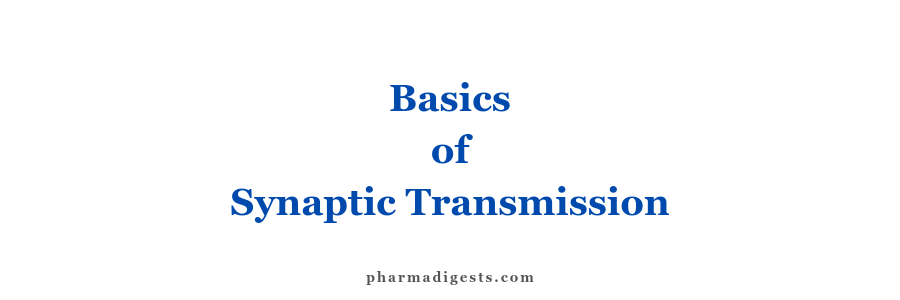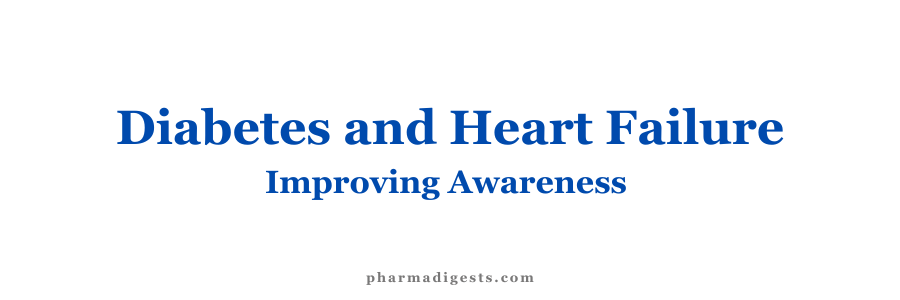Pharma Digests

Synaptic Transmitters | Rapidly Acting and Slowly Acting
There are more than 50 chemical substances have been proved or postulated to function as synaptic transmitters. Many of them are listed in below, which give two groups of synaptic transmitters. One group comprises small-molecule, rapidly acting transmitters. The other is made up of a large number of neuropeptides of ... Read More

Basics of Synaptic Transmission
Synaptic transmission is a key process whereby presynaptic neurotransmitter release drives electrical and biochemical signals via opening of postsynaptic channels. 7 Steps of Synaptic Transmission Step 1: An action potential arrives at the axon terminal Step 2: Membrane depolarization from action potential causes influx of calcium ions Step 3: Docking ... Read More

Basics of Control Chart in Pharmaceutical Industry
Control Charts is a statistical tool to determine if a process is in control. Types of Control Charts Variable Control Charts Deal with items that can be measured. For examples:1) Weight2) Height3) Speed4) Volume Types of Variable Control Charts Attribute Control Charts Control charts that factor in the quality attributes ... Read More

Humoral Control of the Circulation
Humoral control of the circulation means control by substances secreted or absorbed into the body fluids- such as hormones and locally produced factors. Among the most important of the humoral factors that affect circulatory function are the following: Vasoconstrictor Agents Norepinephrine and Epinephrine: Norepinephrine is an especially powerful vasoconstrictor hormone; ... Read More

Diabetes and Heart Failure | Improving Awareness
Adults with diabetes are at increased risk for the development of asymptomatic cardiac structural or functional abnormalities (stage B heart failure) or symptomatic (stage C) heart failure. Consider screening adults with diabetes by measuring a natriuretic peptide (B-type natriuretic peptide [BNP] or N-terminal pro-BNP [NT-proBNP]) to facilitate prevention of stage ... Read More

Saudi Pharmacist Licensure Examination (SPLE) Syllabus
The Saudi Pharmacist Licensure Examination is a comprehensive measure of knowledge in four major pharmacy content areas: 1. Basic Biomedical Sciences 1.1 Physiology 1.1.1 Function of the major body systems and homeostatic impact at organ and system level 1.2 Biochemistry 1.2.1 Chemistry and utilization of bio-macromolecules including proteins, lipids, carbohydrates, ... Read More

KAPS Exam Syllabus
The KAPS exam consists of 200 questions delivered over two 2-hour sessions (a total of 4 hours of assessment) with a 60-minute scheduled break in between. Major Content Area with Approximate Distribution per Content Area The KAPS exam consists of 2 papers: Paper 1 Paper 2 Note: To pass the ... Read More

Prediabetes | A Silent Disease
Prediabetes are mostly silent diseases (without any signs or symptoms). It’s common and reversible. You can prevent or delay prediabetes from turning into type 2 diabetes with simple, proven lifestyle changes. What Is Prediabetes? Prediabetes is a serious health condition where blood sugar levels are higher than normal, but not ... Read More

Dietary Reference Intakes for Vitamin C (Ascorbic Acid)
Primary function: Antioxidant; enzyme cofactor for carnitine, collagen, neurotransmitter biosynthesis; modulates absorption, transport, storage of iron. Selected sources: Citrus fruits, sweet peppers, kiwifruit, broccoli, strawberries, brussels sprouts, cantaloupe. Dietary Reference Intake Vitamin C functions physiologically as a water-soluble antioxidant by virtue of its high reducing power. It is a cofactor ... Read More

Tips for Effective Pharmacovigilance Reporting of Adverse Events
As a pharmaceutical professionals, it’s our duty to ensure that any adverse events related to drug use are reported accurately and efficiently. Here are 10 essential tips to enhance the effectiveness of your Pharmacovigilance reporting: PROMPT REPORTING It’s crucial to report adverse events as soon as they are identified. Timely ... Read More

How to Prevent Medication Error?
A preventable event that may cause or lead to inappropriate medication use or patient harm while the medication is in the control of the health care professional or patient/consumer. Medication incidents can have a devastating impact on: What is a Near Miss? An event that could have resulted in unwanted ... Read More
